It’s Local Fish Week here on the BAMCO blog, in honor of our first-ever Eat Local (Fish) Challenge! This crab and scallop bake recipe from Roger Williams University Executive Chef Bob Lavoie is just the thing for a chilly fall night.

Blog: Food and Drink
+ Blog Categories
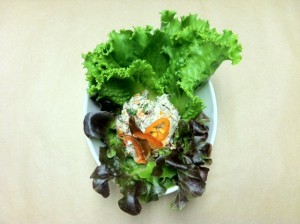
Recipe: Smoked Bluefish Salad with Hot Peppers and Honey
- Blog
It’s Local Fish Week here on the BAMCO blog, in honor of our first-ever Eat Local (Fish) Challenge! Bored with tuna salad? Try this recipe smoked bluefish salad with hot peppers and honey from Jay Keller, Bon Appétit Executive Chef at Gallaudet University in Washington, D.C.
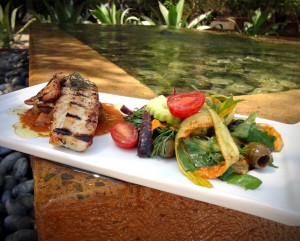
Recipe: Local Tilapia with Sweet Potato Hash and Tomato Coulis
- Blog
It’s Local Fish Week here on the BAMCO blog, in honor of our first-ever Eat Local (Fish) Challenge! This recipe from Edward T. Farrow, Bon Appétit Executive Chef at the Musical Instrument Museum in Phoenix, takes some assembling, but its bold flavors pair well with mild tilapia.

Recipe: Take a Dip with a Local Fish Brandade
- Blog
It’s Local Fish Week here on the BAMCO blog, in honor of our first-ever Eat Local (Fish) Challenge! According to a new report from NOAA, Americans eat only about 15 pounds of seafood per capita annually, and of that, 91% is imported. Time to tip the scales in a healthy, homeward location! We’ll be running a tasty seafood recipe each day this week from our chefs.
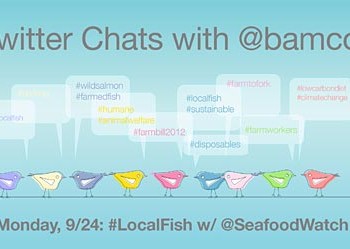
Bon Appétit and Seafood Watch to Host Twitter Chat on #localfish
- Blog
Many Americans now know the names of the farms that grow their food, but even as we’re urged to eat more seafood for its health benefits, few of us can identify local species or the fishing operations that supply them. The time is ripe for local fish. Please join @bamco and @seafoodwatch for a Twitter chat on Monday, September 24, at 12pm Pacific.

Bon Appétit’s Campuses Win More Recognition
Making healthy choices often seems tough for college students. Between social activities, doing homework, and participating in extracurricular, personal well-being can often take a back seat. But Bon Appétit makes the healthy choice the easy, default choice in the dining hall and we were recently recognized for our efforts.

Lessons Learned on the Turmeric Trail
- Blog
This summer, Bon Appétit chefs gathered around the country to learn the ins and outs of cooking authentic Indian cuisine. At Emmanuel College in Boston, I joined a group of New England chefs attending the culinary training, titled “Flavors from the Turmeric Trail” and given by Raghavan Iyer, a native of Mumbai and a celebrated chef, author, and teacher.
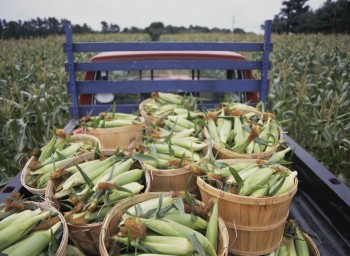
From the Cob to Café: Freezing Super Sweet, Farm to Fork Corn
- Blog
Although farmers planted corn in record numbers this year — the most acres since 1937 — the current drought affecting the Midwest means yields are predicted to be well below last year’s. However, very little of the corn planted in the Midwest is edible: most of it goes to feed animals or for fuel. But there are farmers who grow against the grain, so to speak. Last year, when Bon Appétit District Manager Sam Currie discovered Hutterian Brethren Farms had a surplus of the sweetest corn he’d ever had, he jumped at the opportunity to find a way for our accounts to use it.
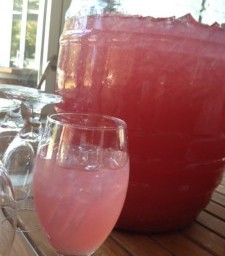
Recipe: Seasonal Melon Agua Fresca
- Blog
This agua fresca recipe makes use of any seasonal melons you may have on hand (try your local farmers’ market!) and includes much less added sugar than traditional agua fresca recipes to help you hydrate the healthy way.

Recipe: Peach Lassi Freeze
- Blog
This local, lighter take on an Indian classic will help you hydrate the healthy way this July.
